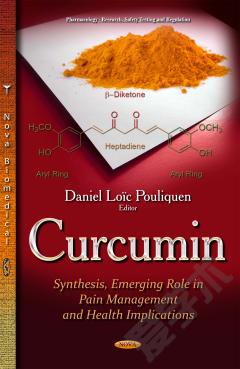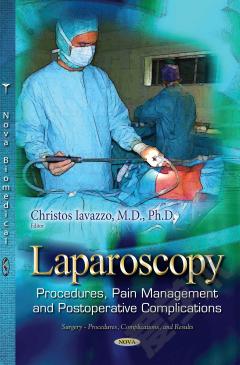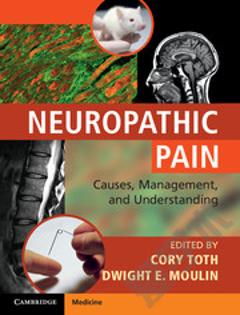Curcumin: Synthesis, Emerging Role in Pain Management and Health Implications
Examples of plant-derived pharmaceuticals that have become the focus of continuous and exponential research and development interest have, to date, been somewhat scarce. After a long period, the last two decades have been characterized by a 100-fold increase in the number of scientific articles published annually that are of relevance to the use of curcumin in biomedicine. Today, the already-wide spectrum of potential clinical applications of this natural drug and its synthetic derivatives continues to grow, including chemoprevention and the treatment of cancers, inflammatory and immune diseases, diabetes, bacterial and viral infections, parasitosis, and cardiovascular and neurodegenerative diseases. Over the last two decades, numerous findings have confirmed the safety of curcumin, both in preclinical and clinical studies. Its physicochemical properties, low bioavailability and rapid metabolism have, however, somewhat limited its potential therapeutic applications. To overcome these limitations, the last few years have seen an impressive development of research on analogs, prodrugs and nanostructured systems, a number of which are already demonstrating improved properties compared with the parent structure. In parallel, new administration routes have been explored, and additional pharmacological properties have been documented, leading in particular to promising prospects for pain management.
{{comment.content}}








 京公网安备 11010802027623号
京公网安备 11010802027623号